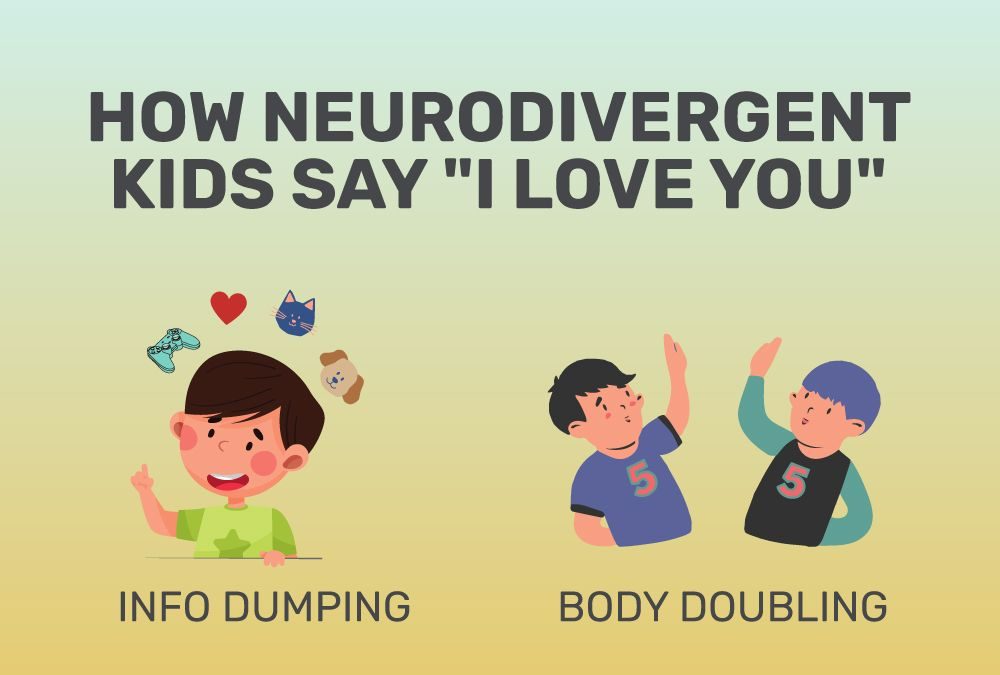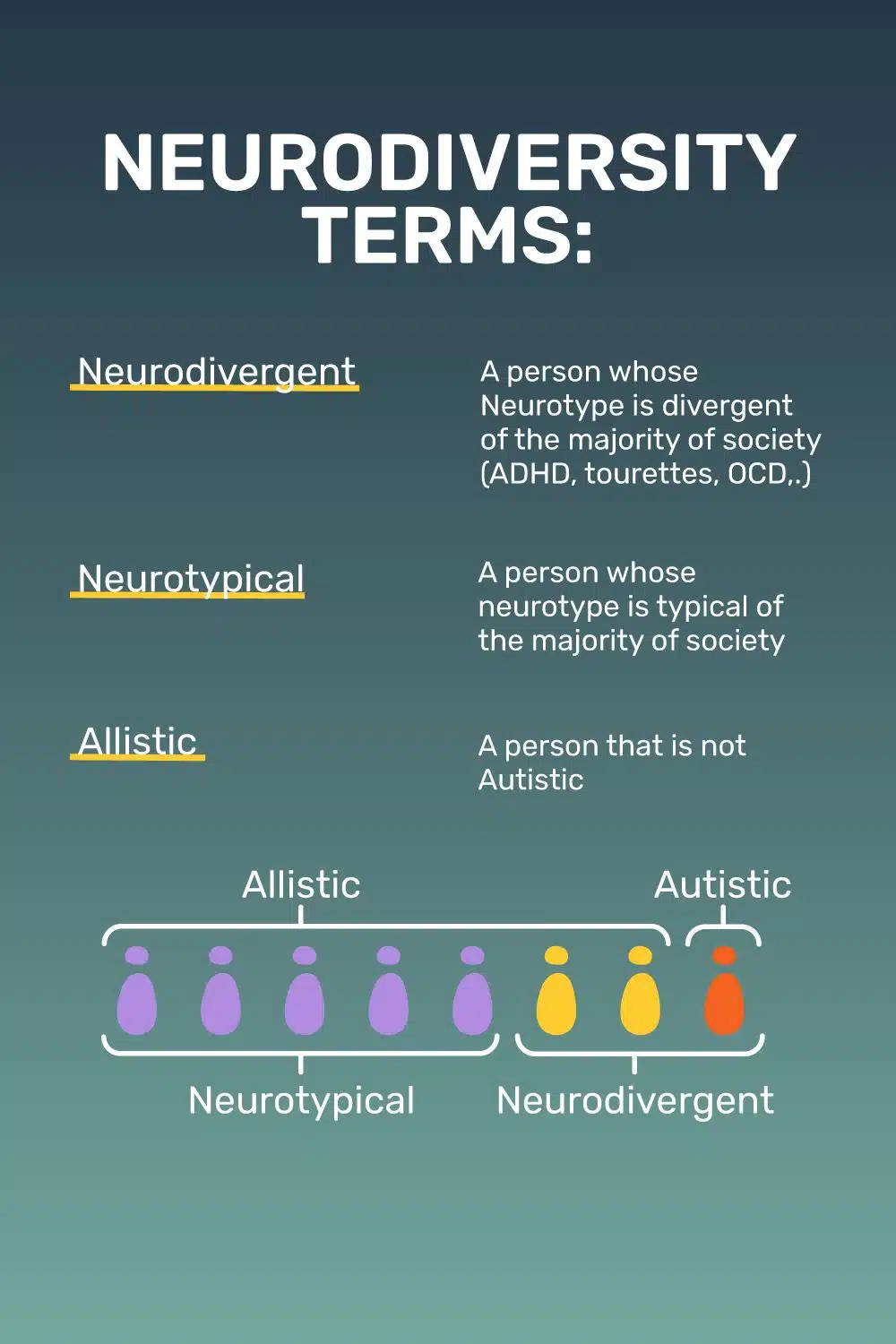Recognizing the symptoms of neurodivergent urge is crucial for understanding and supporting individuals with neurodivergent conditions. Below are some common symptoms that can help you identify and respond to these urges effectively.
- Repetitive behaviors: Strong urges may manifest as repetitive actions, such as rocking or hand-flapping.
- Sensory cravings: Individuals may seek specific sensory experiences, like touching certain textures or seeking specific sounds.
- Impulse control difficulties: Difficulty in controlling impulses or urges to act or speak impulsively may be evident.
- Emotional regulation challenges: Some may struggle with managing intense emotions, leading to emotional outbursts.
Being aware of the symptoms of neurodivergent urge empowers parents and caregivers to provide appropriate support and accommodations. Goally’s tablet supports neurodivergent kids with apps for life & language skills, visual schedules, AAC, gamified learning, emotional regulation, executive functioning, and social skills training videos.
This post was originally published on Feb. 23, 2023. It was updated on July 21, 2023.













